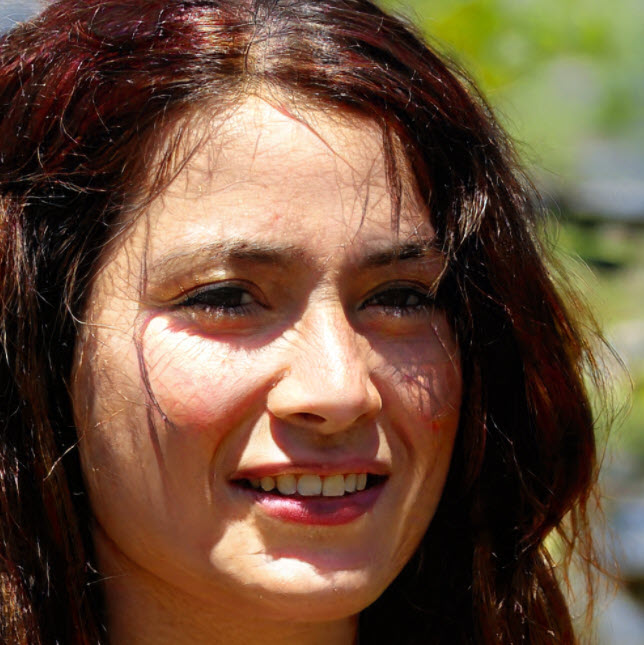Unlocking the Power of Aperture: How to Master the Ricoh GR III
The Ricoh GR III is a powerful and versatile camera, perfect for all levels of photography. It has the capability to change aperture easily with its physical dials located on top of the camera body. Aperture controls how much light passes through your lens when you take a picture, so it’s important to learn how to adjust this setting depending on the type of shot you are taking. In this blog post, we will discuss in detail how to use these settings and which combination will work best for different types of photography scenarios!
Overview of the Ricoh GR III
The Ricoh GR III is a powerful and versatile digital camera that offers users the ability to adjust aperture settings with ease. It features an easy-to-use control dial, which allows photographers to quickly change their aperture without having to dive deep into menus or manually adjusting shutter speeds. The camera also has built-in support for multiple lens systems, ensuring even more creative possibilities when it comes time to compose your shots. With its compact size, lightweight build and intuitive controls, the Ricoh GR III makes changing of aperture an effortless exercise perfect for amateur and professional photography alike.
Understanding Aperture and its impact on your photos
The Ricoh GR III offers incredible features when it comes to taking the perfect photo. One of those is learning how to adjust aperture settings according to your preference and desired outcome. Aperture controls the amount of light that enters through your lens, resulting in different depths of field or blurriness within a shot. To change aperture on a Ricoh GR III you must first open up the control wheel menu by pressing down firmly on its top left corner button until it opens up, then use either arrow buttons at each side or turn its wheel rim itself until 'aperture' appears as an option — press OK now and select ‘controls dial’ with two dots illuminated around the upper edge of this same panel; from here you can start adjusting with lots more precision!
How to adjust Aperture on Ricoh GR III
Changing the aperture on your Ricoh GR III camera is a great way to get creative with your photographs and add some variety to your shots. Aperture dictates how much light enters the lens, which has an effect on how sharp or blurred background elements appear in a photo. To adjust the aperture setting of your Ricoh GR III, simply locate its dedicated exposure compensation dial located just above and to the right of its top LCD screen. Use this wheel-like interface by turning it until you reach desired value for f-stop (i.e., 1/2, 1/4). Be sure that once you’ve made changes that they are reflected properly in recording display displayed at bottom corner of viewfinder's field of view!
Tips and tricks for successful aperture adjustments
Adjusting aperture on your Ricoh GR III can be a tricky business. However, with the right tips and tricks, you will soon find yourself changing way more settings in no time at all. To start off, make sure to always use both eyes when adjusting the camera's iris diaphragm as this allows for better depth of field adjustment accuracy. It is also important to understand that big changes occur rapidly when using very wide apertures while small changes require slower movements from smaller apertures — so don’t forget to take caution! Finally, it helps if you know how much light or exposure each setting affects before committing - remember adjusting your aperture won't necessarily bring about desired results without knowledge of shutter speed or ISO! If you ever get stuck, simply refer back here for some simple but helpful advice and soon enough you'll have mastered shooting with precision adjustments on Ricoh GR III cameras.
Conclusion
In conclusion, changing aperture on the Ricoh GR III camera is a fairly simple and straightforward process. With some practice and knowing which settings to adjust, you can be sure that your photos will have the perfect exposure each time. By using these tips and tricks outlined here in our post, we are confident that any photographer of any skill level should feel comfortable making alterations to their manual aperture setting with ease!
